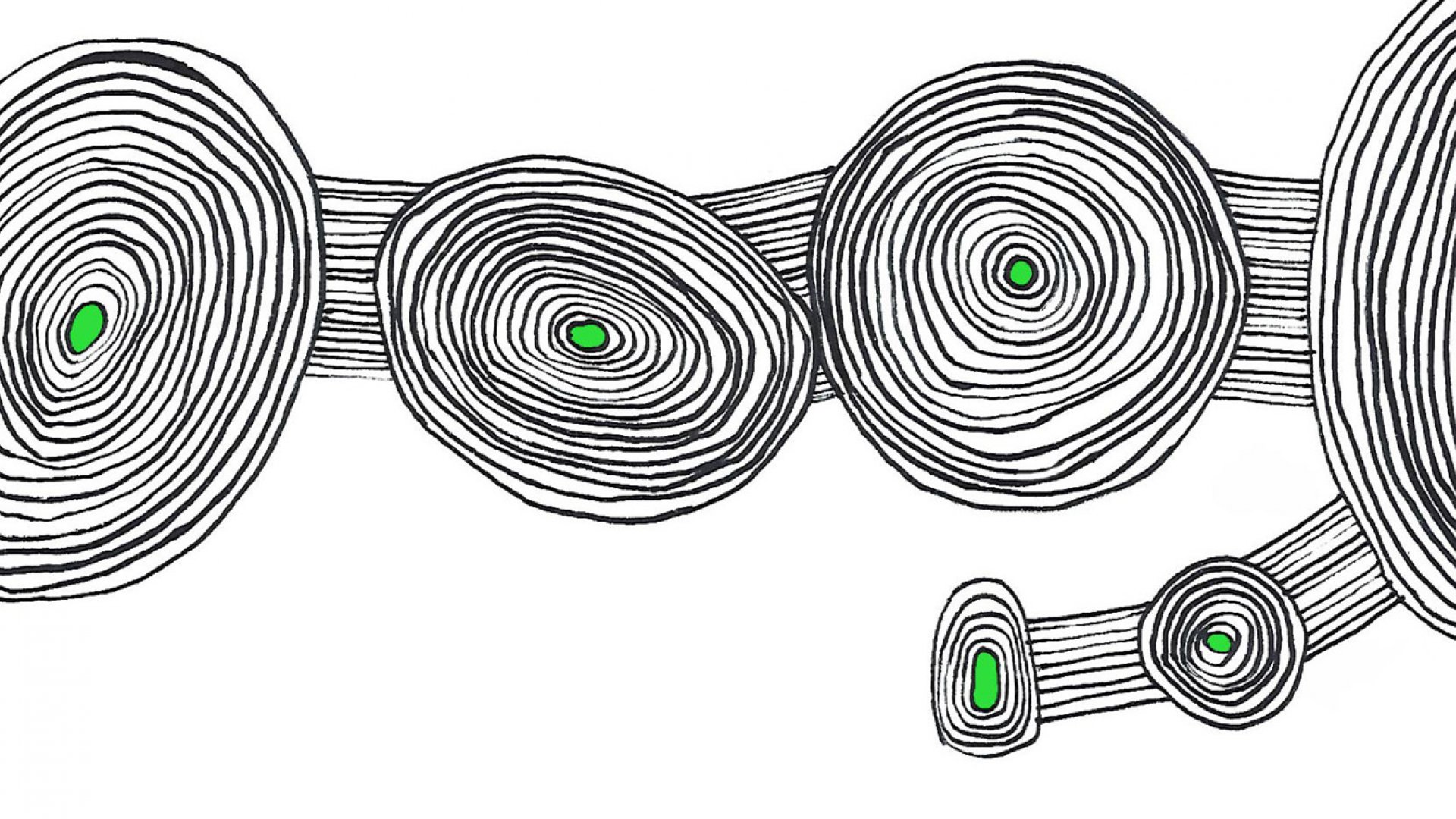Chapter 23: Decolonizing Realities
Chapter 23 contains 3 different indigenous epistemologies.
- The Mixtec who reside in Oaxaca, Mexico are represented by Hugo Aguilar an attorney from Servicio del Pueblo Mixe A.C. Mr. Aguilar discusses the reality of the Mixtec in Mexico and how they are often excluded from the discussion with the Mexican state. This lack of plurality and disability leads to the the Zapatistas motto in Chiapas “Never again a Mexico without us” being one considered also relevant to the Mixtec.
- The Maya of Belize also struggle with representation in their own countries. Cristina Coc points out that the grand temples of the Maya are an incredible point of tourism for the Belize government. However, the Maya themselves are not welcome in the political discussions. Ms. Coc also creates a list of 8 demands from the Mayan community including a right to self determination and to protection from theft and abuse of their property.
- Dr. Yolanda Maguia Teran of the Kichwa people from Ecuador discusses indigenous knowledge and biodiversity. One issue of importance is the necessity for the indigenous to be part of the conversation. Biopiracy and stolen plants also must be acknowledged as well as the resistance to a formal registration of indigenous knowledge.
Suggested Films
- Decolonizing Museums: https://www.youtube.com/watch?v=lKoeqj-DdA0 A discussion with indigenous museum director Victoria Noorthoorn and Indigenous artist Elvira Espejo Ayca. Especially important to the discussion on native epistemologies as many artifacts end up in museums without native consent and without consideration of their significance.
- TED Talk: The Case for Making Indigenous Knowledge a Science: https://www.youtube.com/watch?v=X5QON5l6zy8 A fantastic discussion of how indigenous knowledge deserves recognition as a science. It has repeatable results and also deserves there same protections as scientific discovery but due to it’s origins, is often downplayed by the scientific community.
- Indigenous Knowledge and Western Science: https://www.youtube.com/watch?v=nFeNIOgIbzw&list=PLQ2kZFmiP9jI_d1cQh1gb7yS5QuIDeBls Dr. Gregory Cajete discusses how indigenous scientists integrate their epistemologies into their study of the world.
Native and Western Science: Possibilities in a Dynamic Collaboration: Arizona State University (ASU): https://www.youtube.com/watch?v=ycQtQZ9y3lc 2011 Lecture by Leroy Little Bear of the Blood Tribe (Blackfoot confederacy) discusses the blend of science and native culture including the difficulty in reconciling the interconnectedness of native thought with the individuality of

